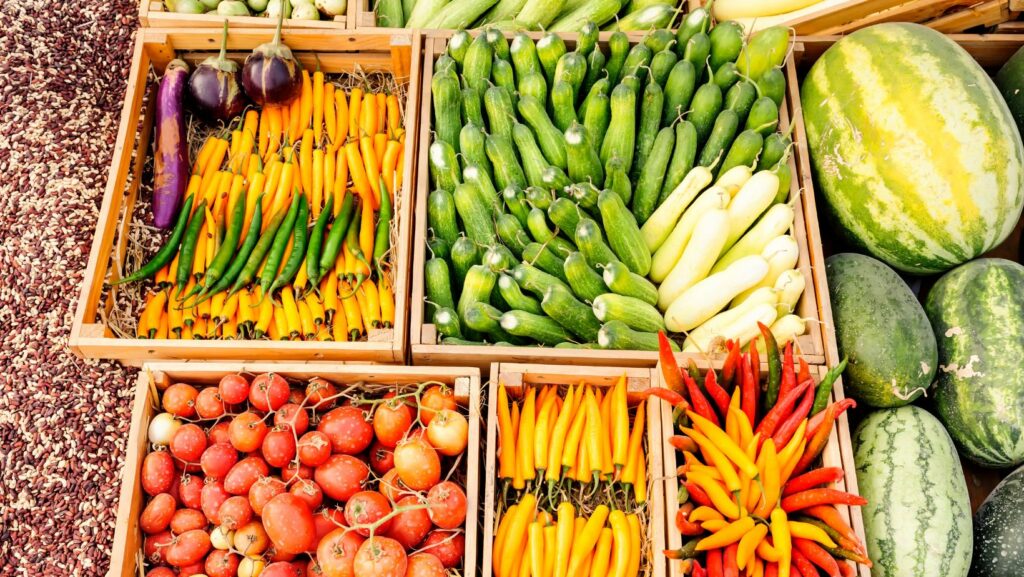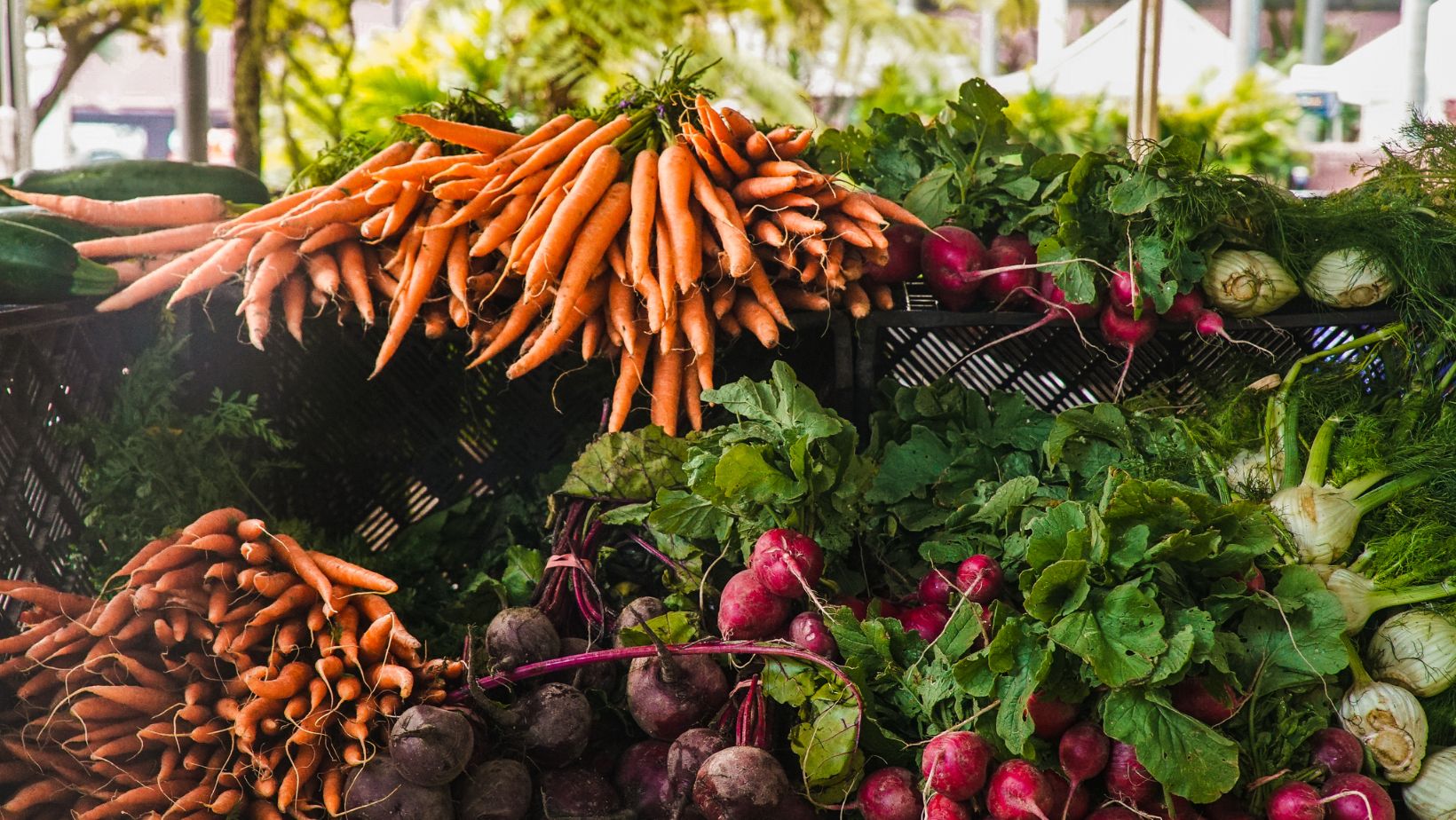Key Takeaways
- Food Reflects Culture and Identity: Dishes serve as narratives that showcase the history, traditions, and values of a community, connecting individuals through shared experiences.
- Culinary Expression and Diversity: Different cuisines highlight regional flavors, cooking methods, and historical influences, emphasizing the uniqueness of various cultural identities.
- Historical Significance: Traditional foods often carry stories of migration and adaptation, linking culinary practices to historical events and community heritage.
- Food as a Means of Communication: Meals express cultural identities and values, symbolizing community connection and providing a platform for storytelling during significant life events.
- Economic Impact: Food significantly contributes to local economies and global markets, generating employment and boosting tourism through the promotion of diverse culinary offerings.
- Sustainability and Cultural Preservation: Emphasizing sustainable practices in food production aids in preserving traditional culinary identities and ensures environmental health for future generations.
Food isn’t just about sustenance; it’s a powerful reflection of culture and identity. Every dish tells a story, weaving together history, traditions, and values that define a community. From family recipes passed down through generations to festive feasts celebrating cultural milestones, food plays a vital role in shaping social connections and shared experiences.
As people gather around the table, they bond over flavors that evoke memories and ignite conversations. This culinary tapestry showcases the diversity of human experience, illustrating how ingredients, farming and cooking methods vary across regions while still uniting people through a common love for food. Understanding the significance of food in culture opens the door to appreciating the richness of different lifestyles and perspectives.
Why Is Food Important to Culture
Food serves as a fundamental pillar of culture, intertwining with identity and communal values. It embodies history and tradition and plays a pivotal role in shaping societal interactions.
Defining Culture
Culture encompasses the shared beliefs, practices, and values that define a group. It includes language, customs, arts, and social behaviors. Food acts as a tangible manifestation of culture, offering a unique lens through which to understand a group’s way of life. Each cuisine reflects geographical influences, resources, and historical experiences, highlighting how communities adapt and thrive. Foods often symbolize heritage, showcasing the uniqueness of traditions passed down through generations.
The Role of Food in Society
Food plays a critical role in societal frameworks. It facilitates gatherings, celebrations, and rituals, reinforcing bonds among individuals. Shared meals foster connections, creating opportunities for storytelling and cultural exchange. In many societies, specific dishes are integral to ceremonies, reinforcing collective identity. Furthermore, food can highlight social status, class distinctions, and economic conditions. Through its various roles, food remains a central element in defining societal norms and facilitating community engagement.
Historical Significance of Food
Food holds historical significance by acting as a marker of cultural identity and heritage. Each generation carries forward culinary traditions, making food a vital aspect of collective memory and storytelling.

Food as a Cultural Identifier
Food serves as a cultural identifier, linking individuals to their ancestry and community. Various dishes clearly reflect local customs, ingredients, and cooking methods. For example, sushi represents Japanese culinary artistry, while tacos showcase the rich heritage of Mexican cuisine. These distinct foods highlight regional flavors and historical ties, reinforcing cultural pride and unity among members of those communities.
Traditional Dishes and Their Origins
Traditional dishes often possess deep-rooted historical origins that reveal stories of migration, adaptation, and innovation. For instance, the Italian dish risotto traces its roots back to rice cultivation in Northern Italy, illustrating the impact of agriculture and trade on local cuisine. Similarly, the introduction of chili peppers to Indian cooking exemplifies how external influences shaped indigenous culinary practices. Recognizing these origins helps highlight the fluid nature of food culture, demonstrating how historical events and cultural exchanges transform cuisines over time.
Food as a Means of Communication
Food serves as a powerful means of communication, expressing cultural identities and shared experiences. It conveys messages about heritage, connection, and values.
Culinary Expressions Across Cultures
Culinary expressions vary significantly across cultures, showcasing the unique traditions and identities of different communities. Ingredients, preparation methods, and flavors reflect local resources and historical influences. For instance, the use of spices in Indian cuisine indicates a rich trade history, while the minimalist approach in Japanese dishes emphasizes seasonal ingredients. Foods like paella in Spain and dumplings in China illustrate regional storytelling through diverse cooking techniques and communal sharing habits. These culinary expressions resonate with cultural narratives, allowing individuals to communicate their identities and honor their ancestry through meals.
Food in Ceremonies and Rituals
Food plays a critical role in ceremonies and rituals, marking significant life events and community celebrations. Weddings, festivals, and religious observances often feature traditional dishes that symbolize unity, prosperity, and cultural values. For example, bread is shared in many cultures during religious ceremonies, representing community and sustenance. In Mexico, the Day of the Dead involves preparing altars adorned with favorite foods of the deceased, fostering a bond between the living and the departed. Through these practices, food transcends mere nourishment, becoming a medium for expressing beliefs, storytelling, and strengthening community ties during pivotal cultural moments.
The Economic Impact of Food on Culture
Food plays a crucial role in shaping economic dynamics on both local and global scales. It influences job creation, tourism, and the sustainability of communities.
Food and Local Economies
Food contributes significantly to local economies, generating employment in agriculture, food production, and hospitality sectors. In the United States, the food service industry alone employs over 15 million people. Local farmers’ markets and food festivals drive business for local producers, fostering community engagement and supporting small businesses. Diverse culinary offerings attract tourists, stimulating economic growth. Cities that embrace food culture often see increased foot traffic and higher revenue in related industries, showcasing the interconnectedness between food and local economies.
Globalization and Culinary Exchange
Globalization fosters culinary exchange, enriching cultures through the sharing of food practices and ingredients. Culinary diversity emerges as cultures intermingle, resulting in hybrid cuisines that reflect globalization. For instance, the popularity of sushi bars in North America showcases Japanese culinary influence. This exchange stimulates businesses and creates new markets for exotic ingredients. Food chains and restaurants expand menus to cater to multicultural populations, enhancing cultural appreciation while boosting economic activity. Culinary tourism grows as travelers seek authentic food experiences, highlighting food’s role in cultural diplomacy and international relations.
Modern Perspectives on Food and Identity
Modern society increasingly recognizes the intricate relationship between food and identity, especially within multicultural contexts. Food not only narrates the story of individual cultures but also serves as a bridge connecting diverse communities.
Food in Multicultural Societies
Food in multicultural societies reflects a blending of culinary traditions and practices, fostering dialogue and understanding among various ethnic groups. The diversity of restaurants, food trucks, and community events allows individuals to experience cultures through taste. Examples such as Korean BBQ or Indian curry indicate how different flavors and cooking methods intermingle, demonstrating cultural exchange. Shared meals become opportunities for people from different backgrounds to gather, share traditions, and enjoy conversations, reinforcing social bonds.
Sustainability and Cultural Preservation
Sustainability plays a vital role in preserving food-related cultural identities. Traditional farming practices, which often prioritize local crops and seasonal ingredients, contribute to environmental health and biodiversity. Community-supported agriculture and farm-to-table models emphasize sustainable food systems, helping maintain cultural heritage. Additionally, initiatives that promote heirloom varieties and indigenous food methods encourage the continuation of regional culinary practices. As consumers increasingly value sustainable choices, food becomes a means of preserving both culture and the planet, ensuring that future generations can uphold their culinary identities.
The Significance of Food in Cultural Contexts
Food is far more than just sustenance; it’s a vital thread that weaves through the fabric of culture. It embodies shared histories, traditions, and values that define communities. The stories carried by each dish connect individuals to their ancestry and foster bonds among diverse groups.
As culinary practices evolve and adapt, they reflect both local and global influences, enriching cultural identities. Food serves as a powerful medium for communication, expressing beliefs and experiences while promoting dialogue and understanding. By recognizing the significance of food in cultural contexts, individuals can appreciate the intricate relationships between cuisine, identity, and community.


